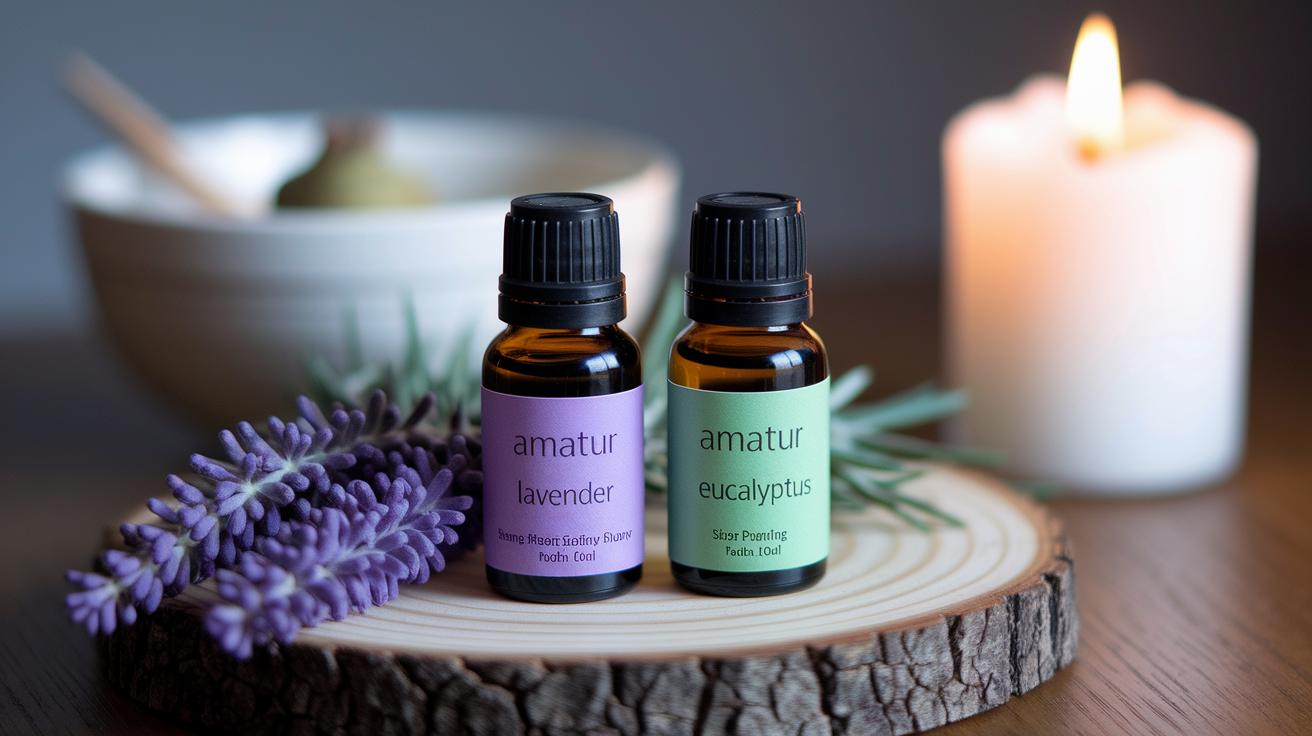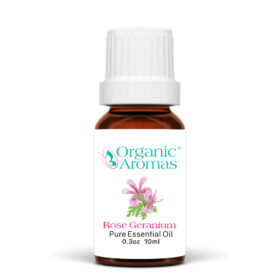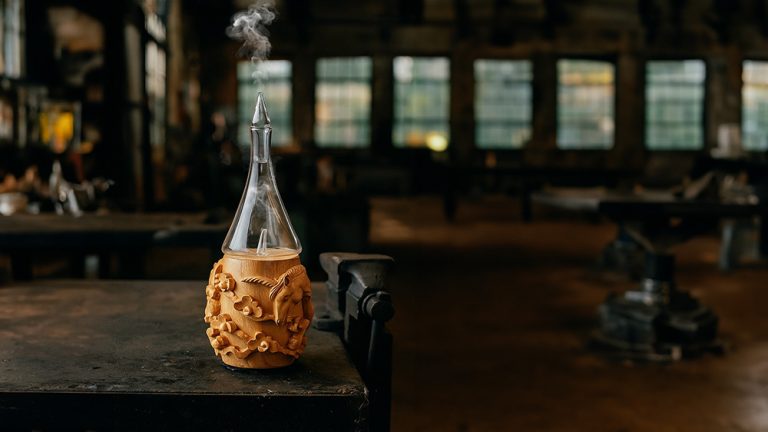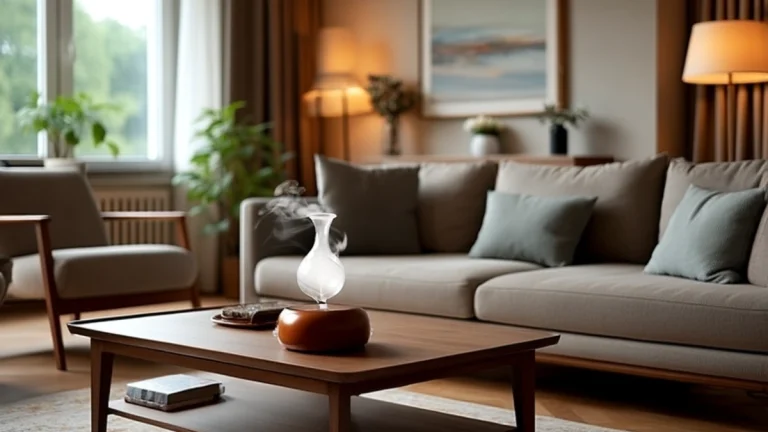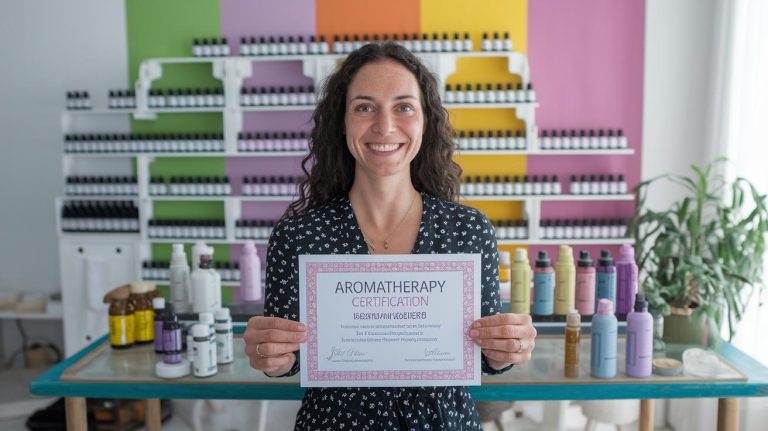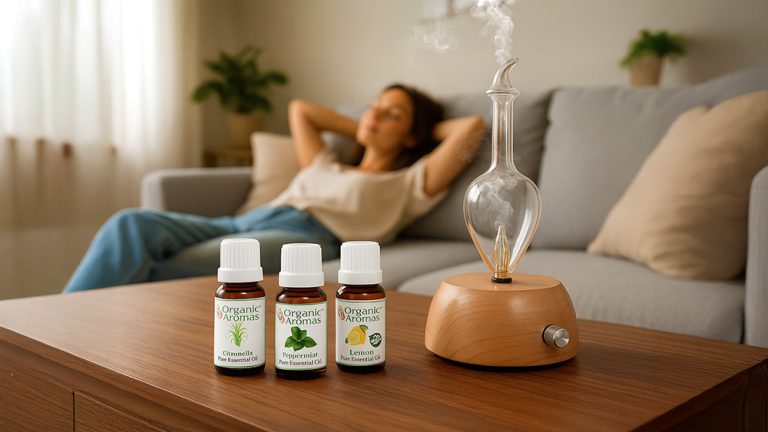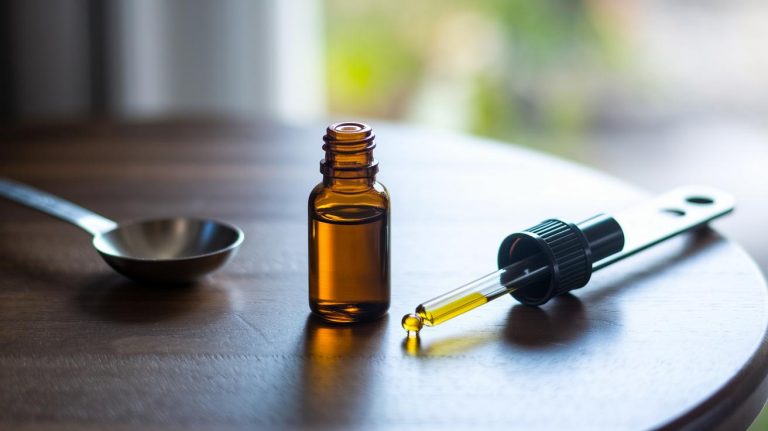7 Mixing Essential Oils Perfectly for Soothing Scents
Have you ever flipped on your Organic Aromas Raindrop® nebulizer and wondered if your oils were fighting instead of flowing? Scent clashes can feel more chaotic than rush-hour traffic. But blending essential oils is both art and science.
You start with bright top notes, move into soft middle notes and finish with grounding base notes. It’s this careful layering that makes each inhale feel like a calm sunrise.
In this post, we’re sharing five easy methods, drop by drop. You’ll learn to blend aromas that dance together in harmony. Next, you’ll fill your room with a gentle, healing mist.
Essential Mixing Fundamentals for Essential Oils
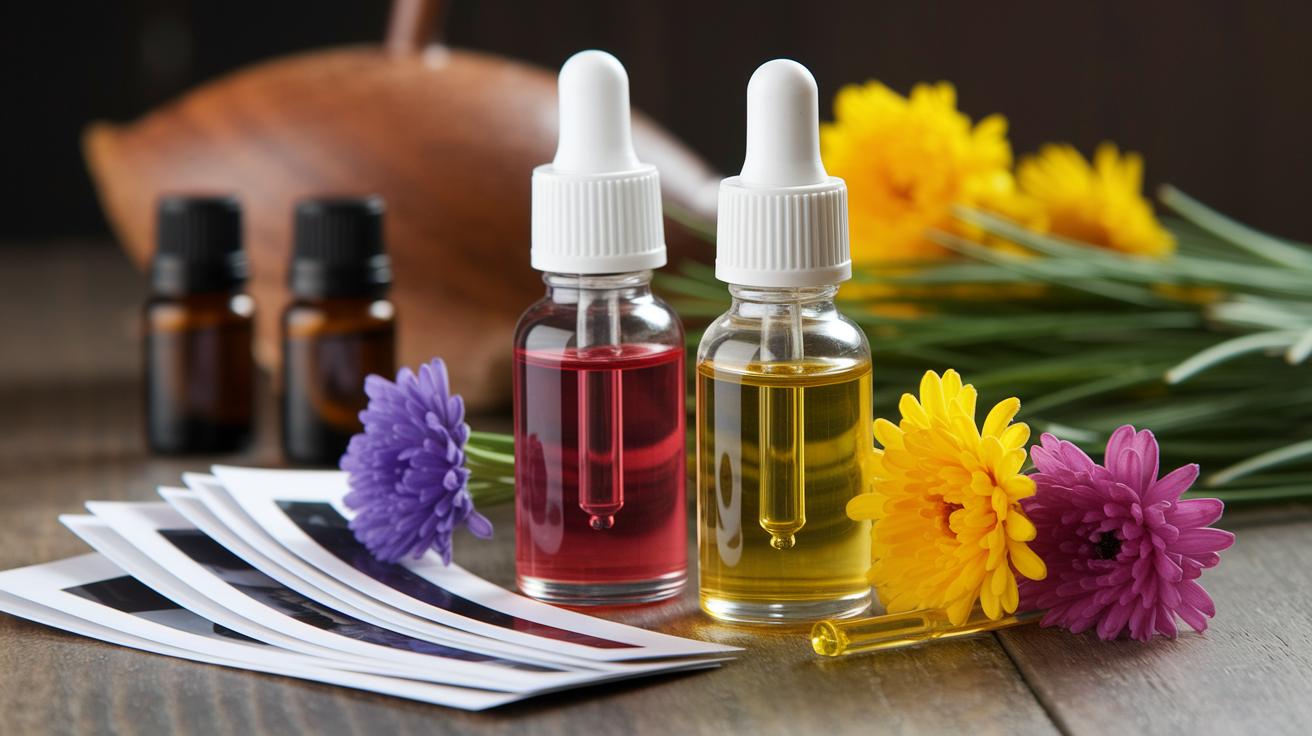
Mixing essential oils is both art and science that brings healing aromas into your home. First, choose oils from families like citrus, floral, herbal and wood. Think of sweet orange top notes (the first scent you smell) as a bright sunrise, lavender middle notes (the heart scent) like a gentle lullaby and sandalwood base notes (the lasting scent) as warm embers glowing at dusk. Blending scents you love sets the foundation for every mix.
Next, plan drop ratios so each layer can shine. You might keep it simple with a 1:1:1 ratio or try a 3:5:2 mix for extra depth. For a 20-drop blend, for example:
- 6 drops bright lemon (top note)
- 10 drops calming lavender (middle note)
- 4 drops grounding cedarwood (base note)
Check an essential oil blending chart for more ideas that match your mood and goals.
Now it’s time to test. Put your blend on a clean fragrance strip or cotton round. Hold it close and breathe in the gentle mist. Notice how the scent opens and shifts. If one note feels too shy or too bold, tweak your counts. This hands-on step turns an experiment into a go-to blending guide you’ll use again and again.
Understanding Essential Oil Notes in Mixing Essential Oils
您是否注意到,在使用 Organic Aromas Raindrop® 噴霧器時,香氣會改變?這完全取決於揮發速度(精油在空氣中轉化為香氣的速度)。前調會在大約 30 分鐘到 3 小時內消散,例如明亮甜美的橙子或清爽的尤加利。中調則能持續 2 到 4 小時,例如溫暖的丁香或辛辣的肉桂。而基調則能持續數日,例如深沉的檀香或沉穩的廣藿香。這種層次分明的調配方式,讓您的香氛如同一個動人的香氛故事般徐徐展開。
均衡的香氛配方中至少需要兩種前調、兩種中調和一種基調。這樣的配置能讓每一層香氣都充分展現。但要注意像羅馬洋甘菊這樣香氣濃鬱的精油。由於其香氣強度,只需1到2滴即可。而像薰衣草這樣較為溫和的精油可能需要4到6滴。調整精油的用量,可以讓香氛以柔和舒緩的方式層層遞進。
接下來,這裡有一個快速的香氛搭配指南,激發你的創意靈感。想要一款明亮活力的噴霧,可以將柑橘類前調(例如甜橙)與辛香中調(例如丁香)搭配,最後以木質基調(例如檀香)收尾。如果想要柔和一些,可以在中調中加入花香(例如天竺葵),並以溫暖的香料作為基調。薄荷或尤加利的清爽前調與迷迭香等草本中調相得益彰,最後以泥土氣息濃鬱的香根草收尾。試著調整不同香調的用量,直到每種香氣都呈現出你最喜歡的狀態,這本身就是一種樂趣!
| Note Category | Evaporation Time | Example Oils |
|---|---|---|
| Top notes | 30 minutes to 3 hours | Sweet orange, eucalyptus |
| Middle notes | 2 to 4 hours | Clove, cinnamon |
| Base notes | Linger for days | Sandalwood, patchouli |
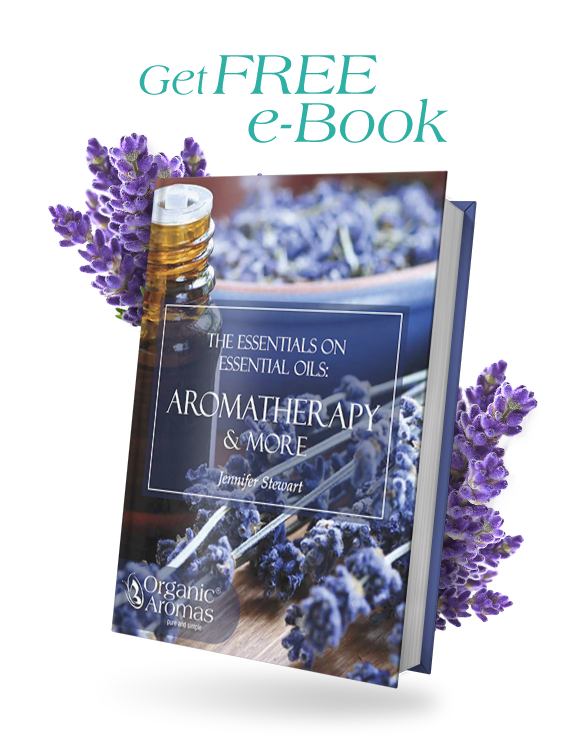
Sign Up to Get Your FREE
e-Book Here…
Dilution & Carrier Oil Selection for Mixing Essential Oils
Dilution (mixing essential oils with carrier oil to make them skin-safe) helps you find the perfect strength. For children or very sensitive skin, try a 1% mix, one drop in 5 mL of carrier oil. Most adults feel calm with a 2% blend, about 7 to 10 drops in 15 mL. Planning a deeper massage? Aim for 3% to 5%, or 10 to 15 drops in 30 mL. Want a quick reference? Check our essential oil dilution chart.
Have you ever wondered how to blend oils like a pro? Here’s a simple routine:
- Pick your carrier oil based on how your skin feels and how neutral you want the scent.
- Choose your dilution level: 1% for child-safe, 2% for general use, or 3–5% for massage.
- Do the math: count drops of essential oil per milliliter of carrier oil.
- Use a pipette or reducer cap to add your drops, then swirl gently to combine.
- Label your bottle with the date, carrier oil name, drop counts and dilution percentage.
Breathe. Blend. Relax.
After you mix, give the bottle a gentle shake. Store it in a dark glass bottle away from heat and light. Jot down notes on scent strength and how your skin feels. Let your blend rest for at least a day before trying it. This easy routine keeps your oils fragrant, safe, and ready to soothe.
Mixing Techniques & Tools for Effective Essential Oil Blending
Putting together a solid blending kit feels like setting the stage for a calm moment. Start with quality glass bottles, amber or cobalt-blue, in sizes from 2 mL to 60 mL. These bottles block sunlight and keep aromas bright. Then reach for glass droppers or pipettes to count out every drop, no guesswork. Stainless steel funnels make pouring carrier oils (plant oils that dilute essential oils) spill-free. And measuring spoons help you scoop thicker butters or waxes for balms. Have you noticed how these simple tools bring order and ease to your routine?
Avoid plastic bottles and rubber tops. They can leach unwanted chemicals and dull pure aromas over time. Glass tools act like a clear stage for your blends, nothing mucks with the scent you love. After each mix, use a perfume tester strip or a fresh cotton round to follow how the mist unfolds, from lively top notes to warm base notes. Always use a new strip so each aroma stands on its own.
Next, set up a neutral space. Open a window or turn on an air filter so old scents don’t stick around. Wear gloves when you handle undiluted (pure) essential oils. It’s an easy way to protect your skin and keep oils pristine. Between blends, rinse tools with mild soap and warm water. A clean tray or silicone mat under your bottles catches little drips and keeps your workspace tidy.
Sample Mixing Essential Oils Recipes for Purposeful Blends

Relaxation Diffuser Blend
Have you felt how a gentle mist can calm your thoughts? Here’s a soothing mix to ease into evening.
Steps:
Fill your Organic Aromas Raindrop® diffuser:
- Add 12 drops lavender (middle note, the soothing heart scent).
- Add 8 drops vetiver (base note, deep earthy aroma).
- Add 4 drop bergamot (top note, bright citrus spark).
- Turn on and let the fine mist ripple through your room for 20 minutes before bed.
Then dim the lights, settle in with a good book, and let the floral-wood melody lull you to calm. Breathe. Relax.
Energizing Rollerball Blend
Need a quick pick-me-up during a busy day? Try this bright, minty mix in a rollerball bottle (small roll-top bottle).
Steps:
- In a 15 mL rollerball bottle, pour enough jojoba oil (carrier oil that nourishes skin) to almost fill it.
- Add 6 drops lemon (top note, zesty burst).
- Add 3 drops peppermint (top note, crisp mint).
- Add 1 drop rosemary (middle note, herbaceous lift).
- Cap and roll gently to mix.
Swipe on your wrists, temples, or neck when you need focus. You can reapply up to three times a day. Keep it in your desk drawer or purse for an instant lift.
Rose Geranium Essential Oil 100% Pure
Origin: Egypt
Extraction Method: Steam Distillation
Plant Part: Leaves and Flowers
Sleep Support Bath Blend
Imagine sinking into a warm tub as soft herbal aroma floats up. This blend with Epsom salt (magnesium salt that soothes muscles) helps your body unwind.
Steps:
- In a small bowl, stir 1 cup Epsom salt with:
- 5 drops Roman chamomile (base note, gentle herbal scent)
- 3 drops ylang ylang (middle note, delicate floral sweetness)
- 2 drops sandalwood (base note, warm wood aroma)
- Pour the scented salts into warm bath water and swirl until they dissolve.
- Soak for at least 20 minutes to let the steam carry those calming notes and ease tight muscles.
Then add some gentle stretches or play soft music while you soak. Let every breath guide you closer to restful sleep.
Refreshing Room Spray
When life feels sluggish, a quick spritz can reset the mood. This room spray uses vodka (carrier to blend oils) for a crisp, clean mist.
Steps:
- In a spray bottle, combine 30 mL distilled water and 10 mL vodka.
- Add 8 drops sweet orange (top note, cheerful zest).
- Add 5 drops peppermint (top note, refreshing mint).
- Close and shake well before each use.
Mist around your room or over linens whenever you need a burst of energy. Store in a cool place to keep the aroma bright. A few shakes and you’re ready to go.
Safety, Storage & Blends Maturation for Mixing Essential Oils
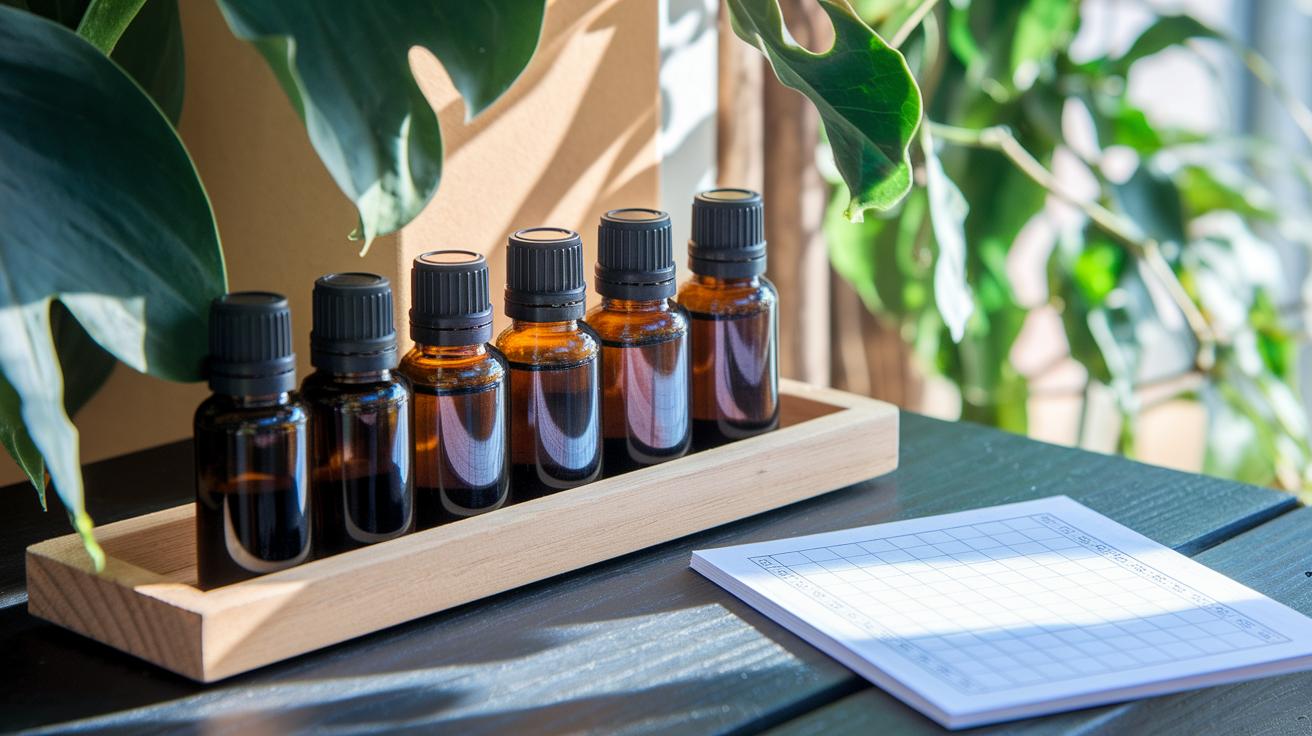
Before you smooth your mix on skin, do a patch test. Place one drop on the inside of your forearm and wait 24 hours for any reaction. For sun-sensitive recipes, avoid phototoxic oils like bergamot or lemon on skin that sees daylight. Check our phototoxic essential oils precautions for details.
Once your blend feels safe on skin, think about storing it. Pour the oil into a dark glass bottle to guard against light exposure. Then tuck it in a cool place away from heat, moisture or direct sun. This storage tip slows down fragrance breakdown so your scents stay bright and true for weeks.
Next, give your blend time to harmonize. Keep the bottle sealed in a quiet cabinet for two to five days so top, middle and base notes can weave together. Um, have you ever noticed how a blend deepens as it rests? Jot the batch date, drop counts and your impressions in a small blending journal. Over time you’ll see which ratios bloom best and how each aroma evolves into a perfect, soothing mist.
Final Words
Bringing together the basics of mixing essential oils shows how selecting notes by scent family, calculating drop ratios, and testing on strips sets you up for success.
Next we covered note layers from bright top notes to grounding base notes. Then we explored carrier oils and dilution steps for safe blends.
We highlighted must-have tools, starter recipes, and safety tips on storage and patch tests.
Mixing essential oils at home can be a simple ritual that fills your space with calm aroma. Enjoy mixing essential oils and breathe in that soothing mist!
FAQ
Which essential oils mix well together and which should be avoided?
Oils mix best by matching top, middle and base note families: pair bright citrus with floral middles and a woody base. Don’t blend multiple potent oils like peppermint and cinnamon to prevent overpowering scents.
What is the 30 50 20 rule for essential oils?
When blending, the 30 50 20 rule means use 30 percent top note oils for brightness, 50 percent middle notes for body, and 20 percent base notes for lasting depth. This helps keep a balanced aroma.
How do I mix essential oils for topical use on skin or hair?
Mixing essential oils for skin or hair applications requires diluting them in a carrier oil at safe ratios (1–5 percent). Use six drops of oil per 30 mL carrier for a 2 percent blend and test a small patch first.
How do I blend essential oils for home fragrance like candles, diffusers, and sprays?
Create your blend, then add six to ten drops per 100 mL water for diffusers or spray. For candles, stir three to five drops into melted wax.
How do I mix essential oils for perfume or with alcohol?
Dilute oils in ethanol at about 10–30 percent concentration. Combine your blend in a glass bottle, then age it for 24–48 hours to let aromas marry.
How can I use an essential oil blending chart?
Using an essential oil blending chart helps you match top, middle, and base notes for balanced blends. Visit essential oil blending chart to see note categories, evaporation times, and examples.
What is a real luxury essential oil blend?
A real luxury blend pairs rare, resinous base notes with rich florals and spicy middles. A classic example is combining sandalwood (base), rose absolute (middle), and a hint of frankincense (middle) in a 4 : 2 : 1 drop ratio.

